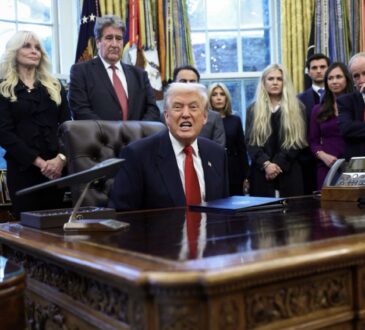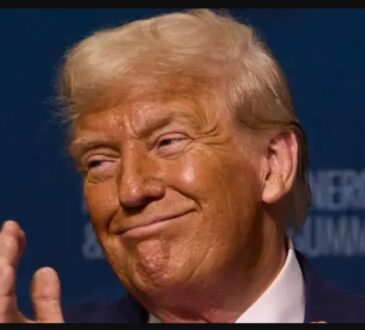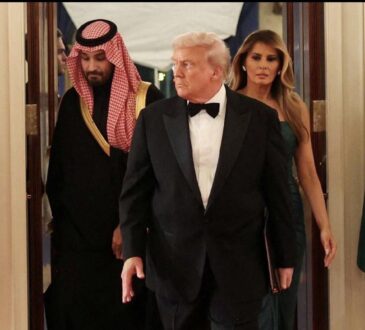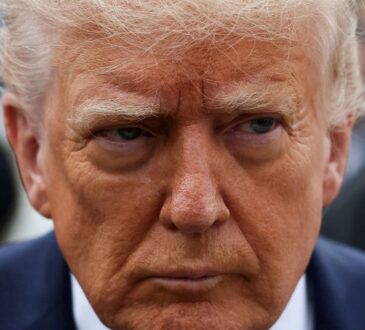Trump’s own words about shutdowns being a ‘negative mark’ on a President resurface amid the current standoff
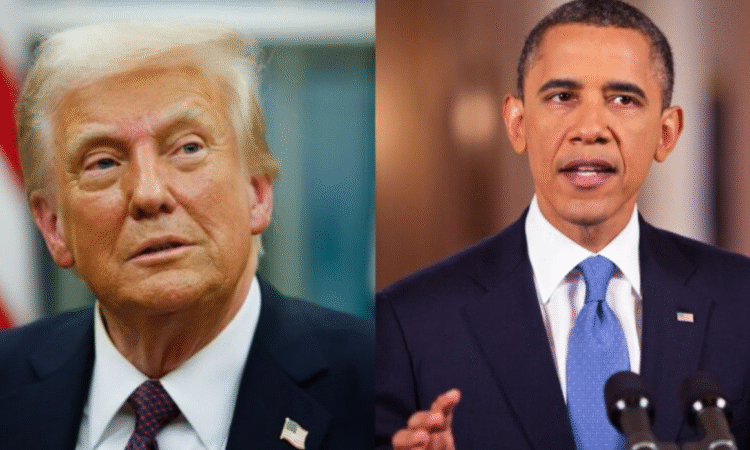
In 2013, Donald Trump was not yet president, but he was already very vocal about how the government should be run. When Barack Obama faced a government shutdown that year, Trump jumped at the chance to criticize him harshly. He said that the shutdown was a “disaster” and made it clear that he believed the blame should always fall on the president. Trump went as far as to say that when history looks back at shutdowns, people will always remember the president in power at the time. He even gave advice, saying Obama should have gathered everyone in a room and shown strong leadership to end the crisis.
But life has a strange way of turning the tables. Years later, when Trump became president, he found himself facing the exact same problem—only worse. Not once, but four separate times during his presidency, the U.S. government experienced shutdowns. The most infamous one came at the end of 2018, rolling into 2019, and it lasted 35 long days. That made it the longest shutdown in American history, surpassing the very one he had ridiculed Obama for. Millions of federal workers were left unpaid, many struggled to cover their bills, and families across the country felt the ripple effects.
Back in Obama’s time, the 2013 shutdown had been triggered by a fight over Obamacare. Republicans were determined to block or weaken the Affordable Care Act, while Democrats stood their ground. It was a standoff that left the government frozen for 16 days. Trump, watching from the sidelines, condemned Obama, saying the shutdown would forever stain his presidency. But when Trump was at the center of the crisis, he discovered how complicated the situation really was.
Rather than taking responsibility as he once demanded from Obama, Trump shifted the blame. He accused Democrats of being unreasonable and claimed they wanted to give expensive healthcare benefits to undocumented immigrants at the cost of American taxpayers. He portrayed himself as the victim of stubborn opposition rather than the leader in charge of finding a solution. This stood in stark contrast to his old words, where he insisted the president should always shoulder the responsibility and “solve the problems from the top.”
The irony is heavy. Trump, who once portrayed himself as the man with all the answers, was unable to escape the same criticism he had directed at others. His own words came back to haunt him, exposing how easy it is to speak from the sidelines and how much harder it is to govern in reality. His failure to practice what he preached highlighted the gap between the strong leader he claimed to be and the one who struggled to prevent or resolve the very shutdowns he once mocked.
Looking back, it becomes clear that Trump underestimated just how unpredictable and messy government negotiations can be. In 2013, he had the confidence of an outsider, pointing fingers and declaring how things should be done. But as president, he learned that leading a divided government was not as simple as gathering everyone in a room. Instead of rising above the challenge, he fell into the same trap he had accused Obama of—and even worse, he repeated it multiple times.
History will remember both presidents for their shutdowns, but Trump’s case stands out because of the weight of his own words. He criticized, he mocked, he gave advice, but when it was his turn, he could not live up to the standards he set. His story is a reminder that in politics, words have a way of circling back, and sometimes the very accusations thrown at others can become the burden you carry yourself.

